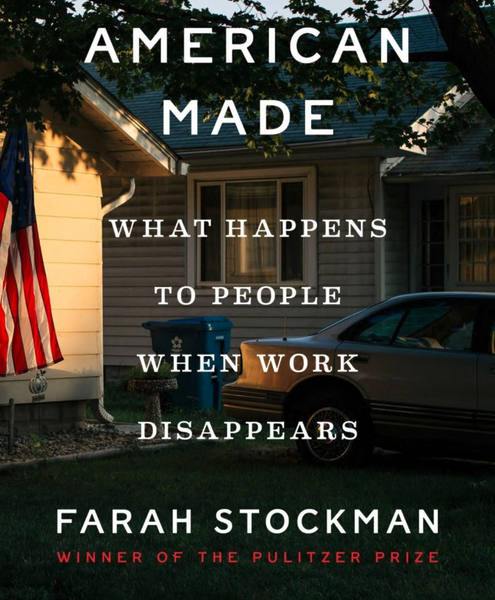By: Michael Pollan 2006
What exactly would an ecological detective set loose in an American supermarket discover, were he to trace the items in his shopping cart all the way back to the soil? the notion began to occupy me a few years ago, after I realized that the straightforward question “What should I eat?” could no longer be answered without first addressing two other even more straightforward questions: “What am I eating? and where in the world did it come from?” Not very long ago an eater didn’t need a journalist to answer these questions. the fact that today one so often does suggests a pretty good start on a working definition of industrial food: Any food whose provenance is so complex or obscure that it requires expert help to ascertain.
when I started trying to follow the industrial food chain – the one that now feeds most of us most of the time and typically culminates either in a supermarket r fast-food meal – I expected that my investigations would lead me to a wide variety of places. and though my journeys did take me to a great many states, and covered a great many miles, at the very end of these food chains, I invariably found myself in almost exactly the same place: a farm field in the American Corn Belt.
Corn is what feeds the steer that becomes the steak. Corn feeds the chicken and the pig, the turkey and the lamb, the catfish and the tilapia and. increasingly, even the salmon, a carnivore by nature that the fish farmers are re-engineering to tolerate corn.


